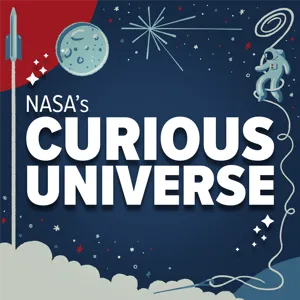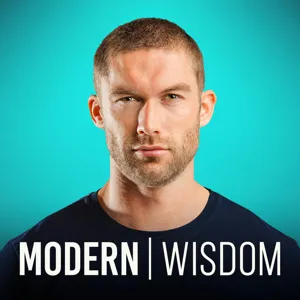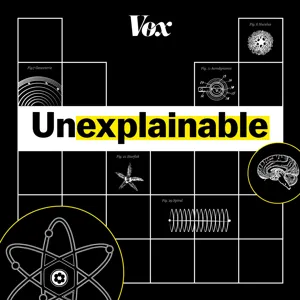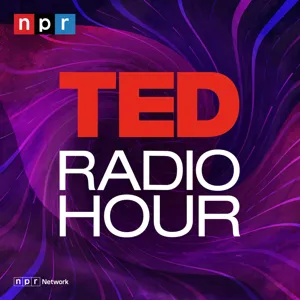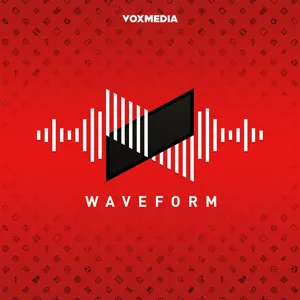This week, The Daily is revisiting some of our favorite episodes of the year and checking in on what has happened in the time since they first ran.
In July, NASA released new images captured from a point in space one million miles from Earth. Ancient galaxies carpeting the sky like jewels on black velvet. Fledgling stars shining out from deep within cumulus clouds of interstellar dust.
Today, we return to our episode about the moment when the James Webb Space Telescope, the largest space observatory ever built, sent its first images back to Earth — and explore what the telescope has discovered since then in its long journey across the universe.
Guest: Kenneth Chang, a science reporter for The New York Times.
Background reading
For more information on today’s episode, visit nytimes.com/thedaily. Transcripts of each episode will be made available by the next workday.

